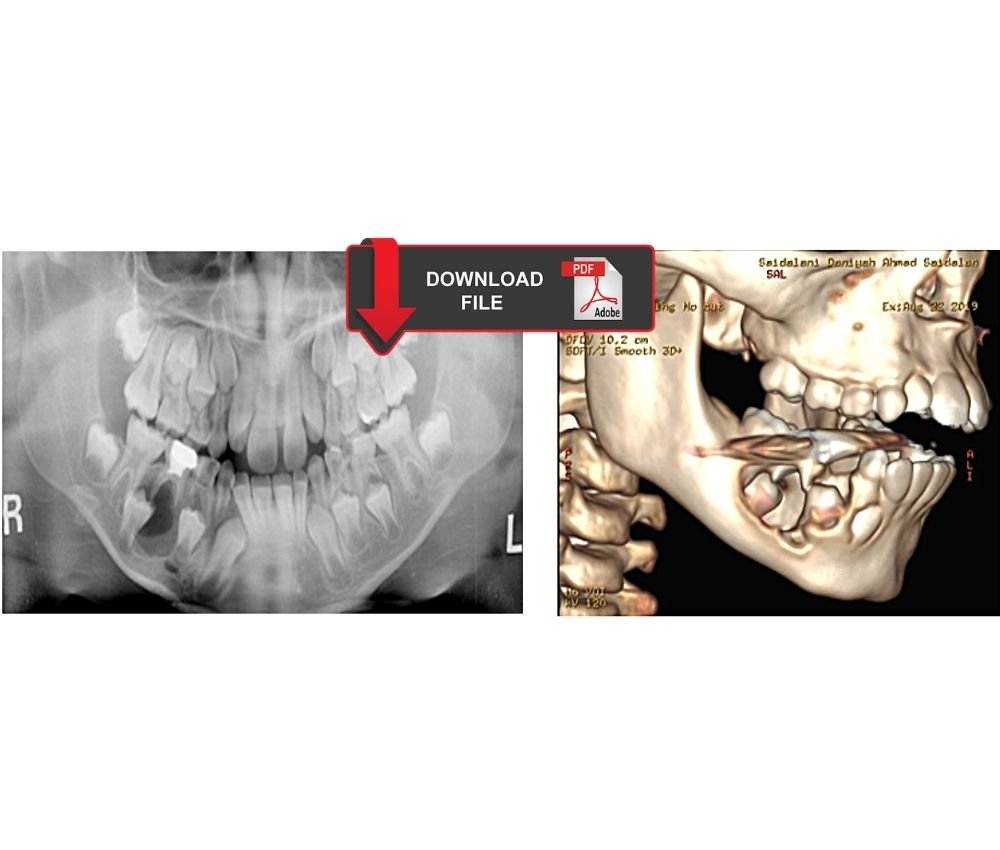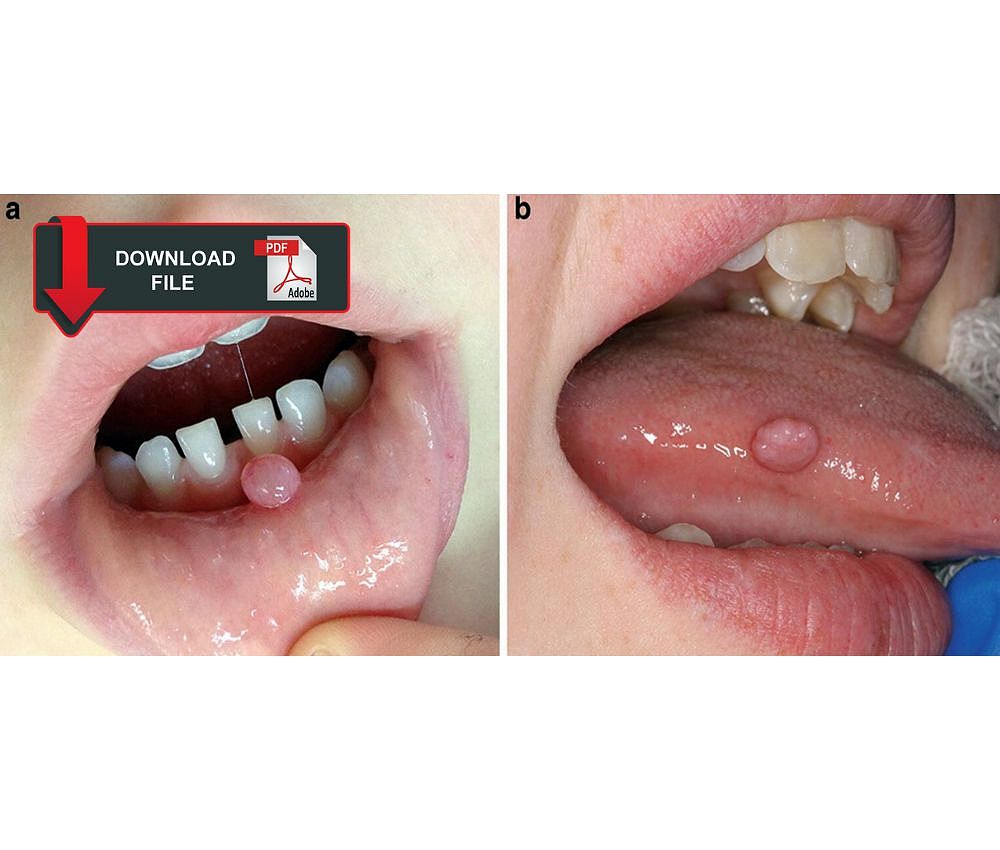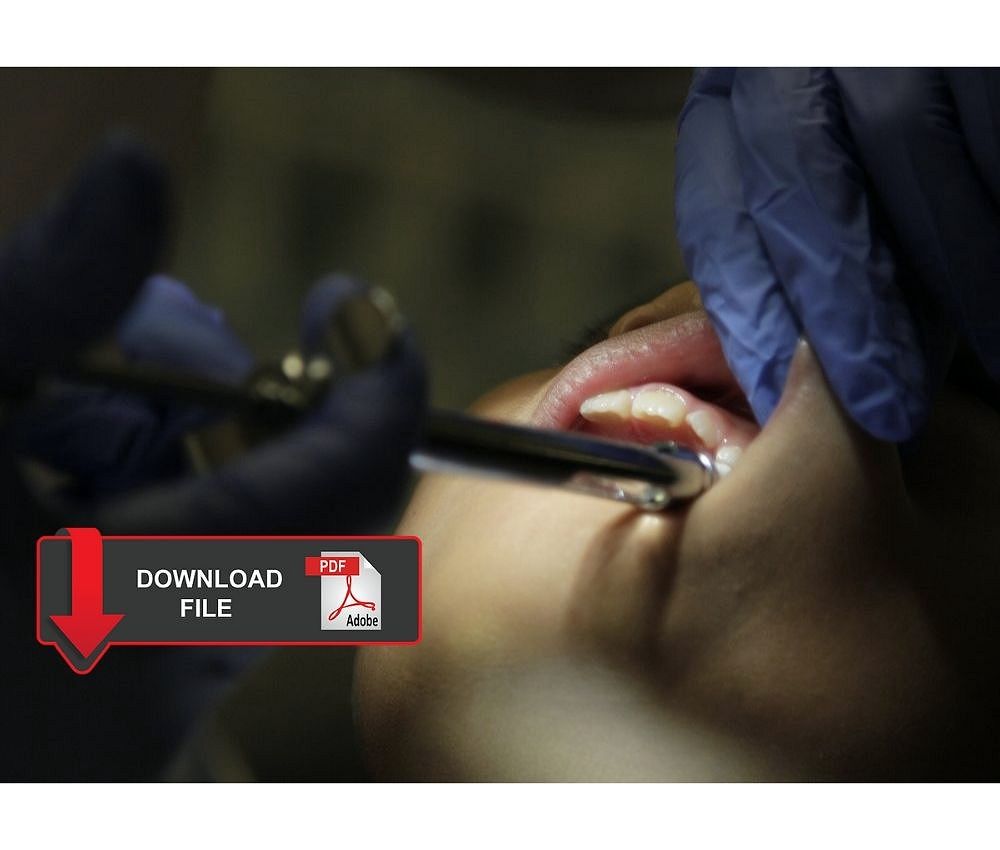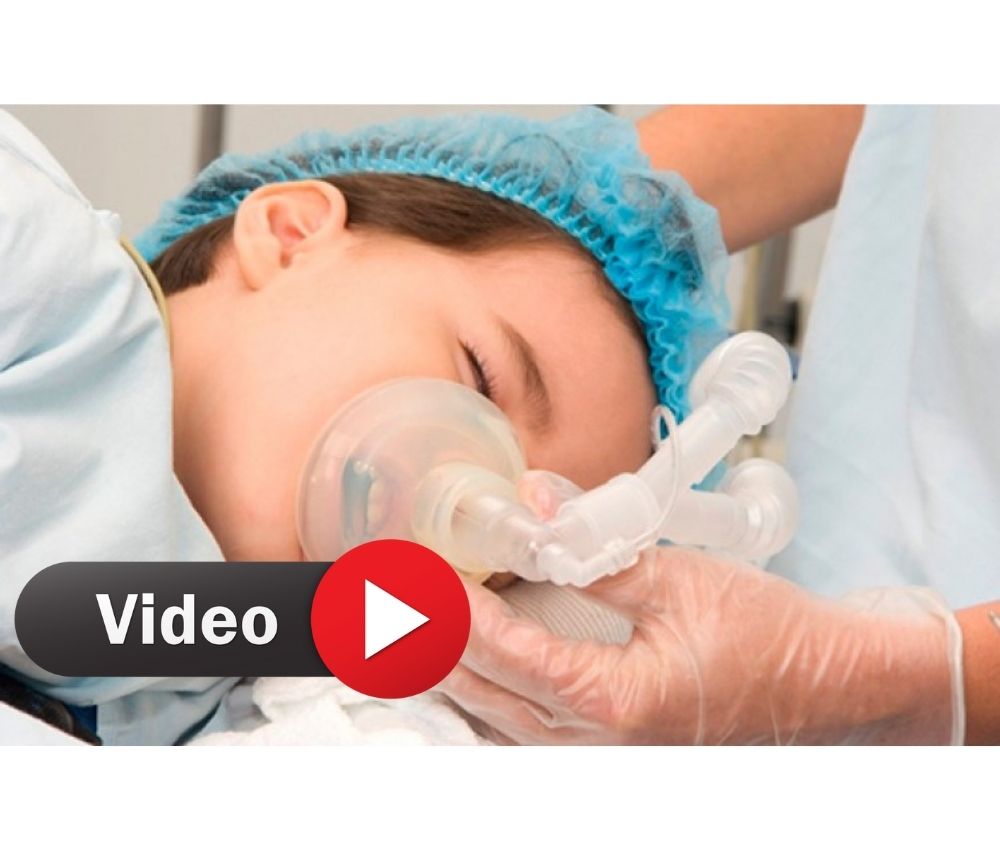Dentigerous cysts are cavities with liquid content, and develop from the remains of the enamel epithelium. They are the most common, benign cysts, and are usually located in the lower jaw. It is related to the crowns of unerupted teeth.
They manifest as radiographic findings or when the patient has acute inflammation. Enucleation of the cyst is performed using the surgical technique of marsupialization.
Advertisement
We share several cases that report the diagnosis, management and surgical treatment (enucleation and marsupialization) of the dentigerous cyst in mixed and primary dentition.
RECOMMENDED VIDEO
Odontogenic facial cellulitis in a pediatric patient - Diagnosis, treatment and multidisciplinary management
Odontogenic facial cellulitis in a pediatric patient - Diagnosis, treatment and multidisciplinary management
Delbem AC, Cunha RF, Afonso RL, Bianco KG, Idem AP. Dentigerous cysts in primary dentition: report of 2 cases. Pediatr Dent. 2006 May-Jun;28(3):269-72. PMID: 16805361.
McKinney, S. L., & Lukes, S. M. (2021). Dentigerous cyst in a young child: a case report. Canadian journal of dental hygiene : CJDH = Journal canadien de l'hygiene dentaire : JCHD, 55(3), 177–181.
Meer, Zakirulla & Yavagal, Chandrashekar & Jayashankar, DN & Meer, Allahbaksh. (2012). Dentigerous Cyst in Children: A Case Report and Outline of Clinical Management for Pediatric and General Dentists. Journal of Orofacial Research. 2. 238-242. 10.5005/jp-journals-10026-1051.
You may also like :
► Guide for the surgical management and oral pathology of the pediatric patient
► Marsupialization of a large mandibular cyst in a pediatric patient - Clinical Case
► Management of acute orofacial infection of odontogenic origin in children - Diagnosis, clinic and pharmacology























